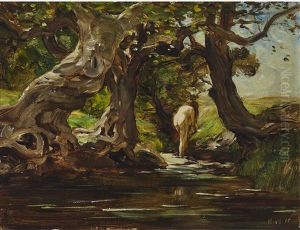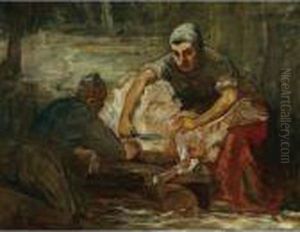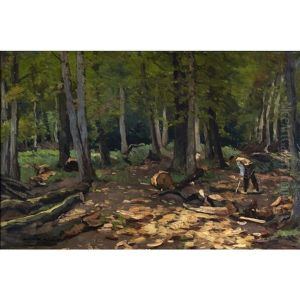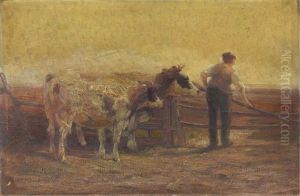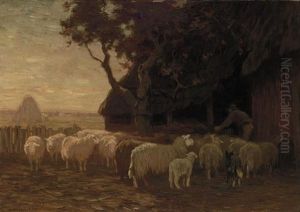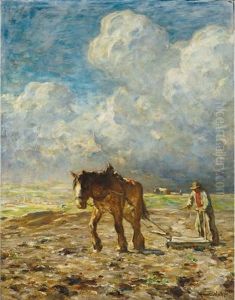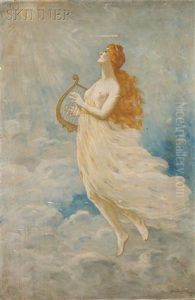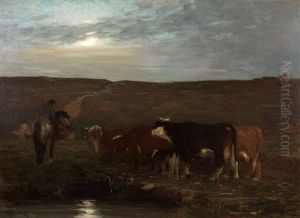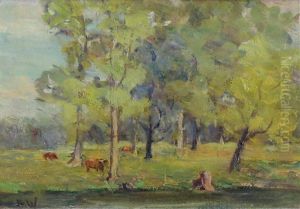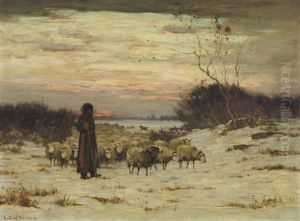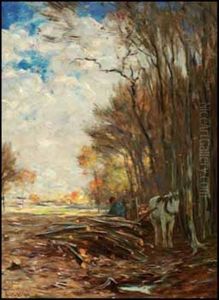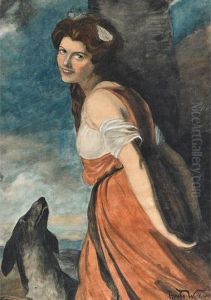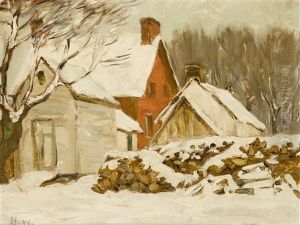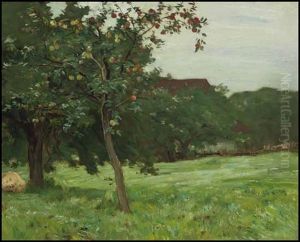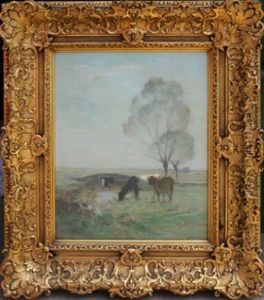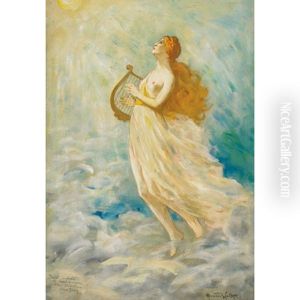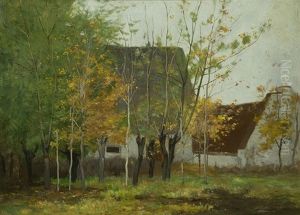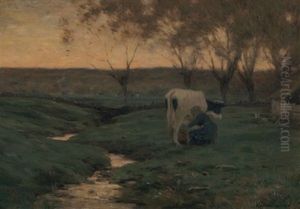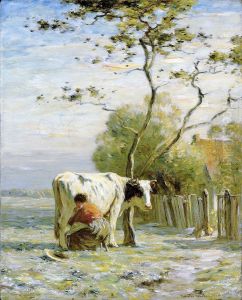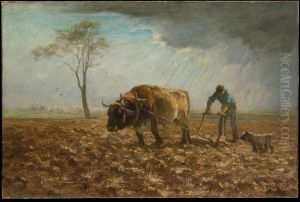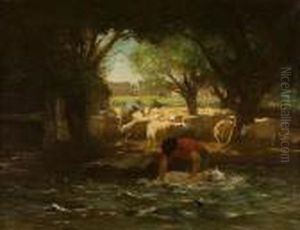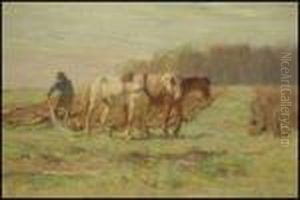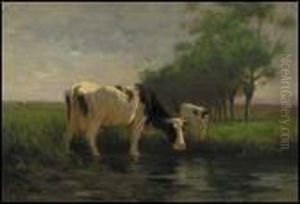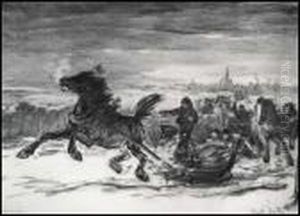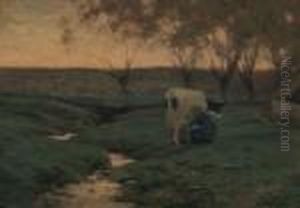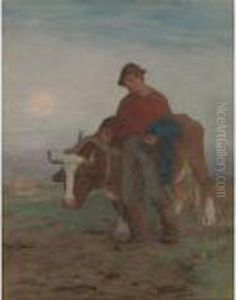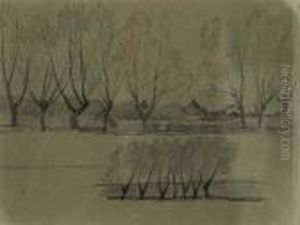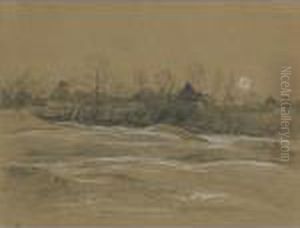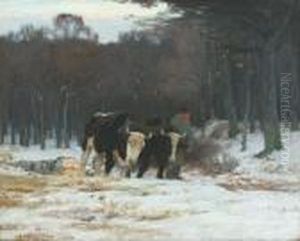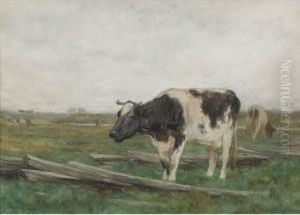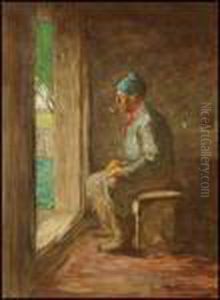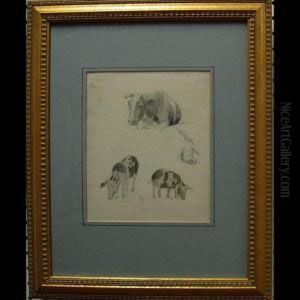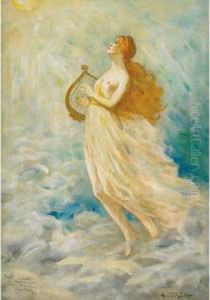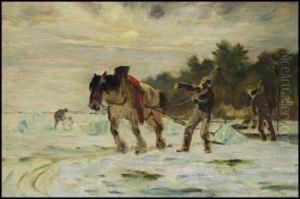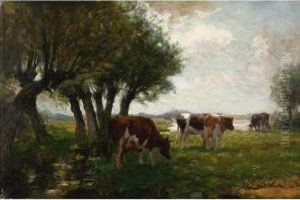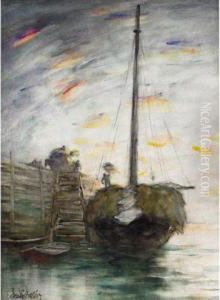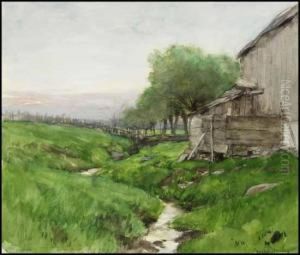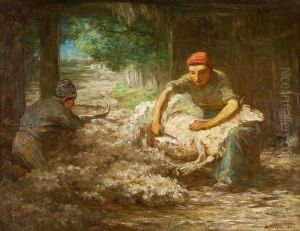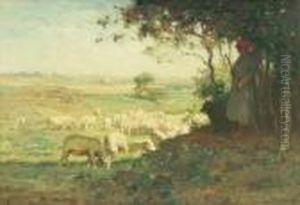Horatio Walker Paintings
Horatio Walker was a Canadian painter who gained great acclaim in the late 19th and early 20th centuries for his realistic and pastoral scenes of peasant life and the working countryside. Born on May 12, 1858, in Listowel, Ontario, Walker developed an early interest in art and pursued his passion through self-education and apprenticeships.
Walker's artistic style was influenced by the French Barbizon School, which emphasized naturalism and the beauty of the rural landscape. He was particularly inspired by the works of Jean-François Millet, whose depictions of peasant life resonated with Walker's own interests.
In 1876, Walker moved to the United States, where he worked as an illustrator and gained exposure to the art scene in New York. His talent was recognized by prominent figures in the art world, and by the 1890s, Walker had established himself as one of North America's leading painters. His works were exhibited widely, including at the Paris Salon, the Royal Canadian Academy of Arts, and the National Academy of Design.
Walker is known for his meticulous technique and the serene, idyllic quality of his paintings. Some of his most celebrated works include 'The Harrower - Morning' and 'The Ploughman'. These pieces exemplify his ability to capture the harmony between humans and their environment, portraying rural workers with dignity and a sense of peace.
Throughout his career, Walker received various honors, including a gold medal at the 1904 World's Fair in St. Louis and election as an associate of the National Academy of Design. He spent much of his life on the Ile d'Orleans in Quebec, where he was deeply inspired by the landscape and the local habitants.
Horatio Walker's contributions to Canadian art were significant, and his works continue to be celebrated for their beauty and historical value. Walker passed away on September 27, 1938, leaving behind a legacy as one of Canada's most respected rural genre painters.
